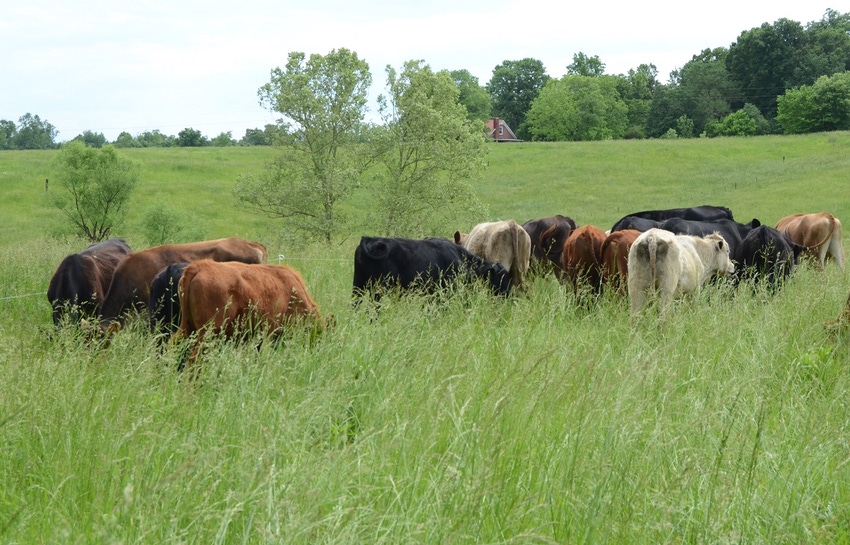
The local reports I received from the 2018 corn and bean crops were phenomenal when we think about bushels per acre, and make comparisons to the mid to late 1970s.
I heard reports of 250-bushel corn averages and soybeans beating 80 bushels. It just doesn’t seem like that long ago when 85-bushel corn and 25-bushel beans were very respectable. Yet costs of production have certainly changed. For corn, I am hearing figures of $680 per acre before land rent and delivery. A rent of $150 per acre equals at least 75 cents per bushel on 200 bushels of corn.
Earning power in our cattle business requires profitability every year. We figure this on a per-acre basis and have problems with folks that work paper profitability in other directions. I hear about income per head all the time. Truth is that we buy or rent property by the acre. We tend to stock and fence by the acre. The same is true of soil amendments and taxes. We need to figure profits on a per-acre basis.
Our thoughts concerning earning power need to parallel profits per acre. Stop and take a few minutes and dwell on earning power of the land. Below are facts that should come to mind:
Store soil water (water cycle) with consideration and planning for increasing soil depth, organic matter, aggregation and capacity.
Provide for important elements including calcium, phosphorus, magnesium, trace minerals, and soil biology.
Properly managed pastures quickly recover from the stresses of grazing, drought and excessive rainfall. A loaded seedbank, huge plant diversity, and complete plant recovery really shine. A more highly diverse soil biology can recover from the “bust” phase of grazing much faster.
Carry sustained mineral and trace mineral fertility in reserve or you will have fertility loss. This is essential in higher-annual-moisture environments (above 30 inches). In non-limestone-based soils in 45-inch or higher moisture areas minerals need near constant attention, especially calcium.
I don’t mean to beat a dead horse but we are seeing much better animal and forage performance in the past few years. Remember that we are on non-limestone clay soil that is considered highly weathered. We have poured out close to 100 inches from the rain gauge in the past 12 months. Every natural model principle that we have learned has proven very important.
I’ve heard it is said that "the key to pollution is dilution," and I'd say excessive moisture has been our major pollutant. The points we keep reviewing as to soil health, plant health and diversity, and cattle selection and grazing management are all worth obtaining a working understanding and executing. The same is true of strategic supplementation.
Sustaining high-earning-power fertility in our area requires attention to the "wholes" on a regular basis. Remember that soil health, plant health and cattle health are closely interwoven. Pay attention and you should see regular economic health.
About the Author(s)
You May Also Like






